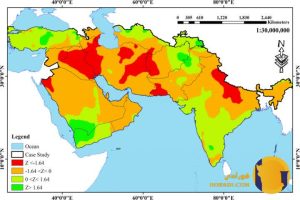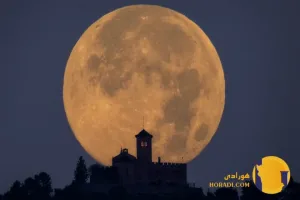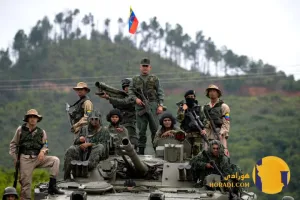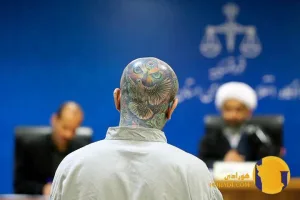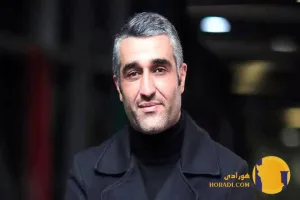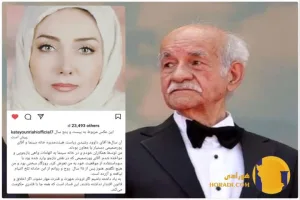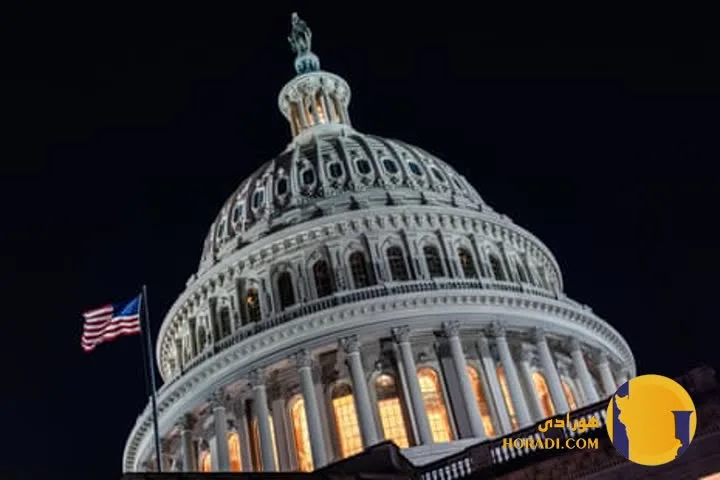
US Presidential Elections 2026 Early Candidates
The road to the 2026 midterm elections is paving the way for what could become one of the most closely watched pre-presidential cycles in recent memory. While 2026 isn’t a presidential election year, the candidates already lining up, the political discourse building, and the early impressions formed are shaping the roadmap toward 2028. This deep-dive provides a full portrait of the emerging candidates, the political dynamics at play, and the electoral battlegrounds that may define the future of American leadership.US Presidential Elections 2026 Early Candidates
Democratic Watch Waiting in the Wings for 2028
Andy Beshear – Kentucky Governor
At just 46 years old, Governor Andy Beshear has carved out a reputation for steady leadership across the aisle. His bipartisan approach, particularly during crises like the COVID-19 pandemic, garnered widespread respect—a political asset not lost on national observers. While officially focused on securing reelection in 2026, internal polls and donor interest position him as a potential 2028 Democratic contender, especially if the party seeks a candidate blending pragmatism with youthful vigor.
Roy Cooper – North Carolina Governor
Roy Cooper celebrated election victories against predicted odds, proving himself a formidable Democrat in a red-leaning state. His stewardship of North Carolina’s public health, along with stable economic data, serves as a compelling narrative for a 2028 bid—if he survives what’s expected to be a crowded and contested primary field.
Cory Booker – U.S. Senator (New Jersey)
Cory Booker’s early entrance announcements and recent high-profile Senate floor speeches signal intent beyond 2026. Charismatic and media-savvy, he continues to court national attention. While he remains focused on re-election to the Senate, many political insiders regard Booker as a top-tier Democratic figure to watch for 2028, with fundraising networks and cross-sectional appeal intact.
Discussions Around Other Potential Contenders
Names like Pete Buttigieg, previously a presidential candidate, remain in the conversation although many are tethered to roles of national importance ahead of another run. Likewise, voices from the progressive batten — such as Alexandria Ocasio-Cortez or Chiquita Brooks-LaSure — spark speculation; yet, none have launched formal exploratory efforts at this juncture.
Republican Landscape Who’s Emerging in the Backdrop?
DeSantis, Abbott, and Beyond
While no high-profile GOP figure has officially announced presidential intentions, attention naturally turns to rapidly rising governors. Florida Governor Ron DeSantis and Texas Governor Greg Abbott are frequently mentioned as possible 2028 contenders — but both are committed to their states’ 2026 primary cycles, with potential drawbacks in national electability awaiting further refinement.
Nikki Haley — In the Wings
Peer-level politicians like former UN Ambassador and South Carolina Governor Nikki Haley also remain in play. Her broad appeal across party factions and foreign policy chops place her firmly on the watch list, though she too has signaled readiness to continue serving in appointed or expanded dipo role before exploring a presidential campaign.
Key Battlegrounds of 2026 What They Tell Us About 2028
U.S. House of Representatives
All 435 House seats are on the line in 2026—providing an early thermometer for public sentiment toward both parties. Shifts in gun policy, abortion, immigration, and inflation stand poised to drive results that could reposition the trajectory of national power.
Governorships and State Races
With nearly 36 governorships set for election, 2026 may produce new Democratic pickups or Republican fortifications in battleground states like Michigan, Pennsylvania, and Arizona. These contests often become springboards for future presidential aspirations, especially in seamless transitions to federal roles.
Senate Control
Thirty-four Senate seats up for grabs include top-tier states Pennsylvania, North Carolina, Ohio. Flips of one or both chambers could influence whether the national momentum favors sitting incumbents—or opens a window for new voices emerging in 2028.
Youthful Momentum, Key Issues, and Future Direction
Youth Engagement and Digital Organizing
Activism among young voters is at an all-time high, with digital platforms like TikTok and Discord playing central roles in organizing and candidate narratives. Expect any 2028 hopeful to already be cultivating a multi-generational base with fluency in online outreach.
Economic Anxiety and Climate Agenda
Even before full-scale presidential campaigning, the pressure of economic concerns—from inflation to student debt—and global warming remains front and center. Politicians calibrated to articulate solutions and provide stability will hold an advantage with voters wary of extremes.
National Identity and Political Realignment
Questions of national identity, immigration, and America’s role globally continue to shape the political spectrum. Candidates who navigate these themes with nuance—balancing values, security, and global engagement—may earn competitiveness in future primaries.
2028 on the Horizon — What Comes Next?
Over the next eighteen months, a few key milestones will matter
- Mid-2026 text book end of many governors’ terms; launches or retirements may follow.
- Late-2026 into 2027 Historic or symbolic state and party events may mark the turn toward formal campaign setups.
- Public funding disclosures, polling centers, and exploratory committees may provide glimpses of who’s preparing for a run.
- Early primary states like Iowa, New Hampshire, and Nevada may rise in prominence much sooner than usual.
US Presidential Elections 2026
While 2026 will not answer the question of who becomes the next U.S. president, it will lay the groundwork. Through midterm outcomes, public sentiment, and ideological momentum, the early field of 2028 candidates is already defining itself. Figures like Andy Beshear, Roy Cooper, and Cory Booker on one side — and conceivable names like DeSantis, Haley, Abbott on the other — are watching, waiting, and preparing.
This is not a forecast, but rather the overture to the next chapter of American politics—one built around artistry as much as turnover, on policy as much as performance, and very much on the shoulders of those emerging now.






